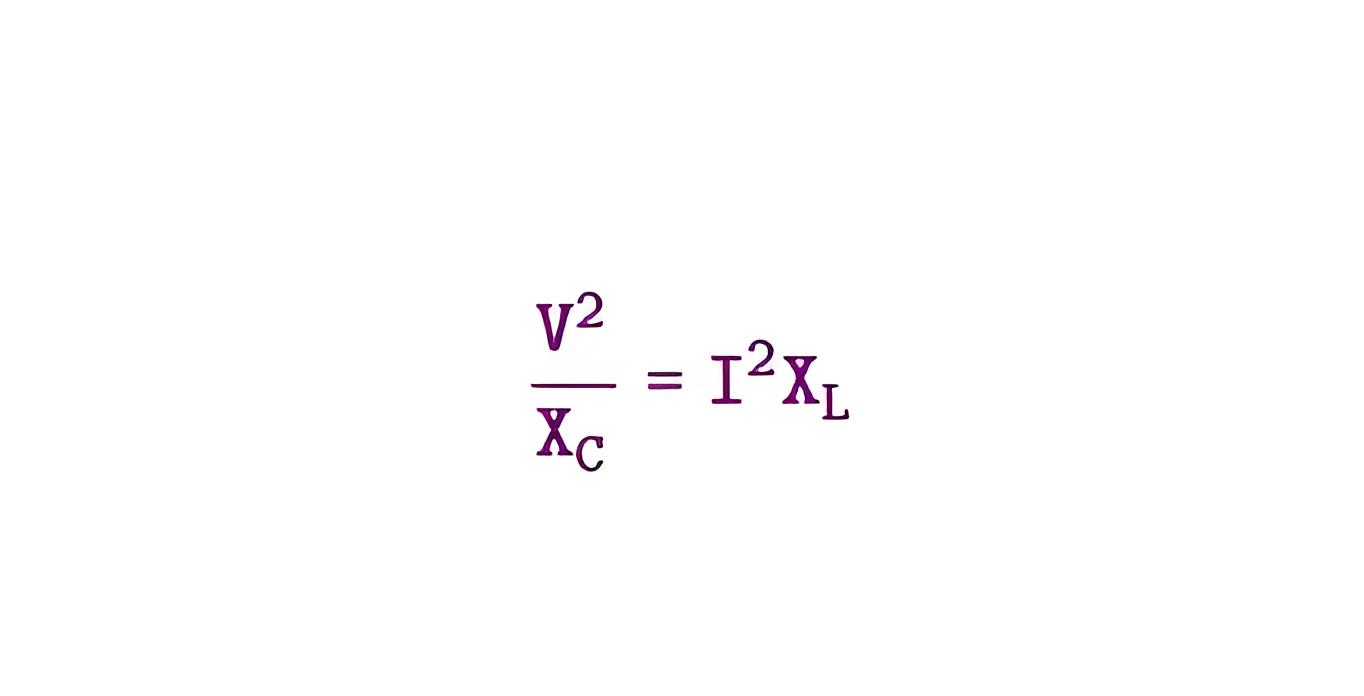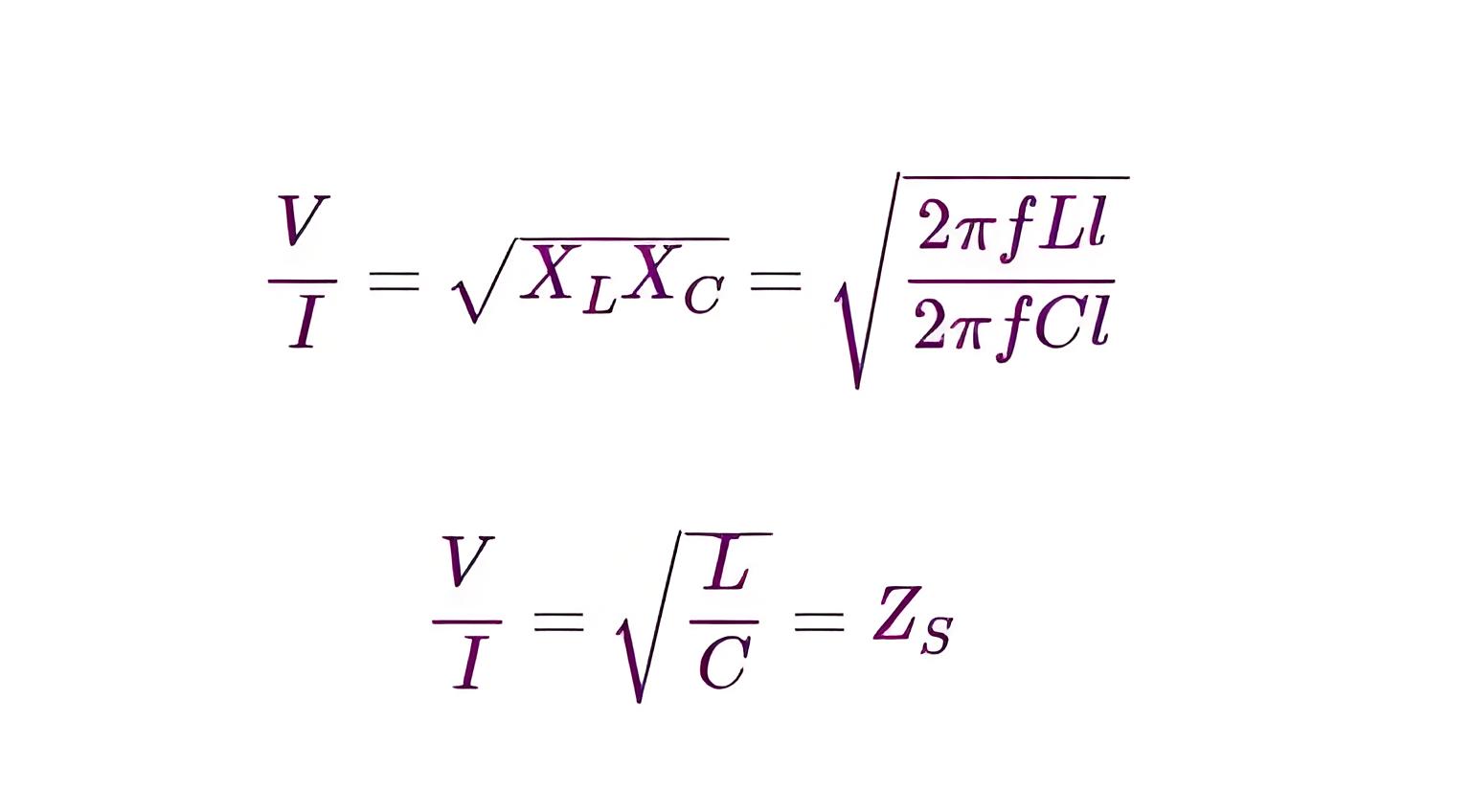Surge Impedance Loading
SIL Definition
Surge Impedance Loading (SIL) is defined as the power a transmission line delivers to a load that matches the line’s surge impedance.
Surge Impedance
Surge Impedance is the balance point where capacitive and inductive reactances of a transmission line cancel each other out.
Long transmission lines (> 250 km) inherently possess distributed inductance and capacitance. When activated, the capacitance feeds reactive power into the line, and the inductance absorbs it.
Now if we take the balance of the two reactive powers we arrive at the following equation
Capacitive VAR = Inductive VAR
Where,
V = Phase voltage
I = Line Current
Xc = Capacitive reactance per phase
XL = Inductive reactance per phase
Upon simplifying

Where,
f = Frequency of the system
L = Inductance per unit length of the line
l = Length of the line
Hence we get,

This quantity having the dimensions of resistance is the Surge Impedance. It can be considered as a purely resistive load which when connected at the receiving end of the line, the reactive power generated by capacitive reactance will be completely absorbed by inductive reactance of the line.
It is nothing but the Characteristic Impedance (Zc) of a lossless line.
Transmission Line Properties
Key properties such as distributed inductance and capacitance are fundamental to understanding transmission line behavior.
Key properties such as distributed inductance and capacitance are fundamental to understanding transmission line behavior.
Calculations involving the characteristic impedance and load impedance help in understanding how SIL influences power transmission efficiency.
Practical Application
SIL is crucial for designing transmission lines to ensure voltage stability and efficient power delivery.
The Electricity Encyclopedia is dedicated to accelerating the dissemination and application of electricity knowledge and adding impetus to the development and innovation of the electricity industry.













